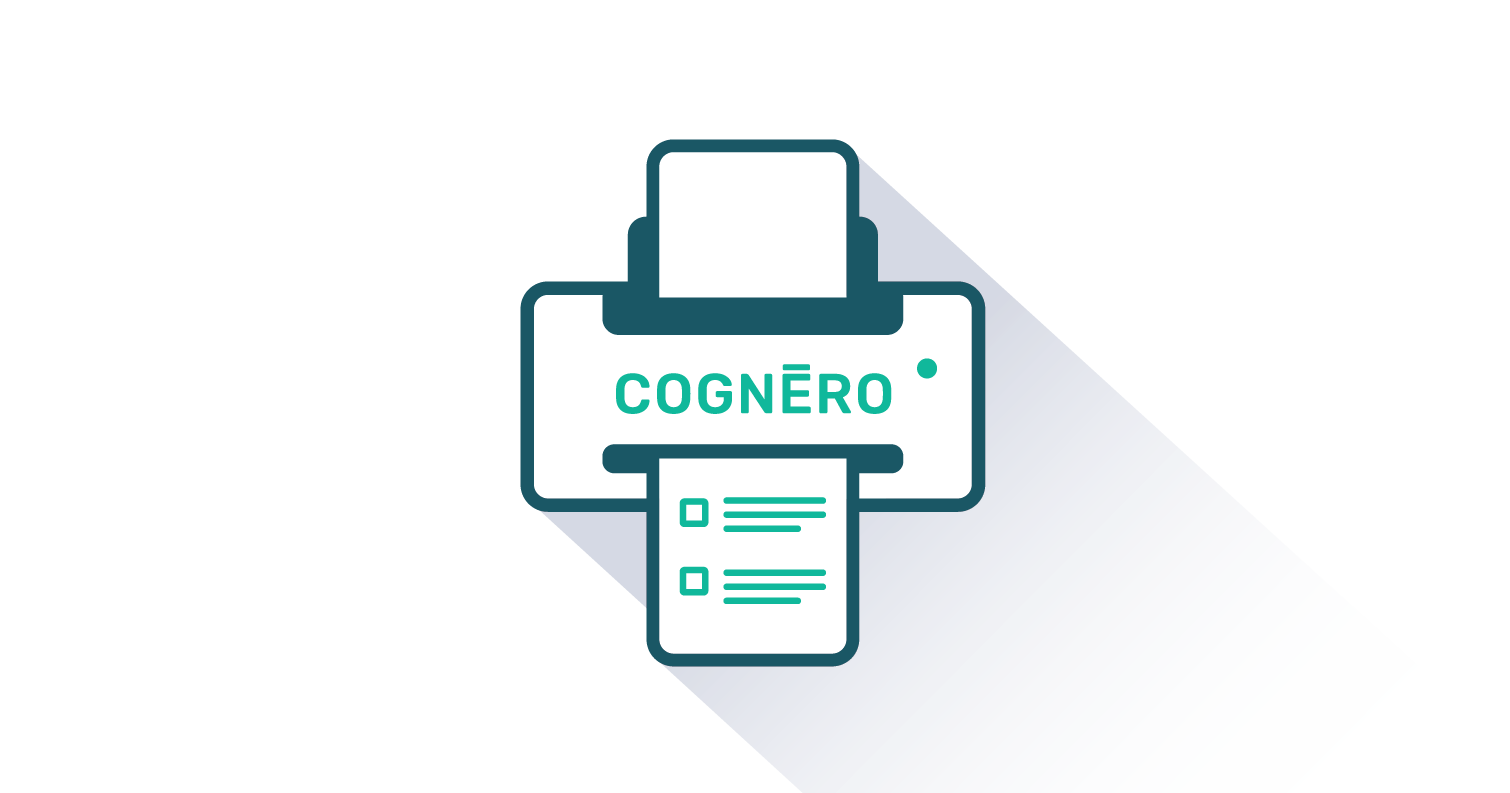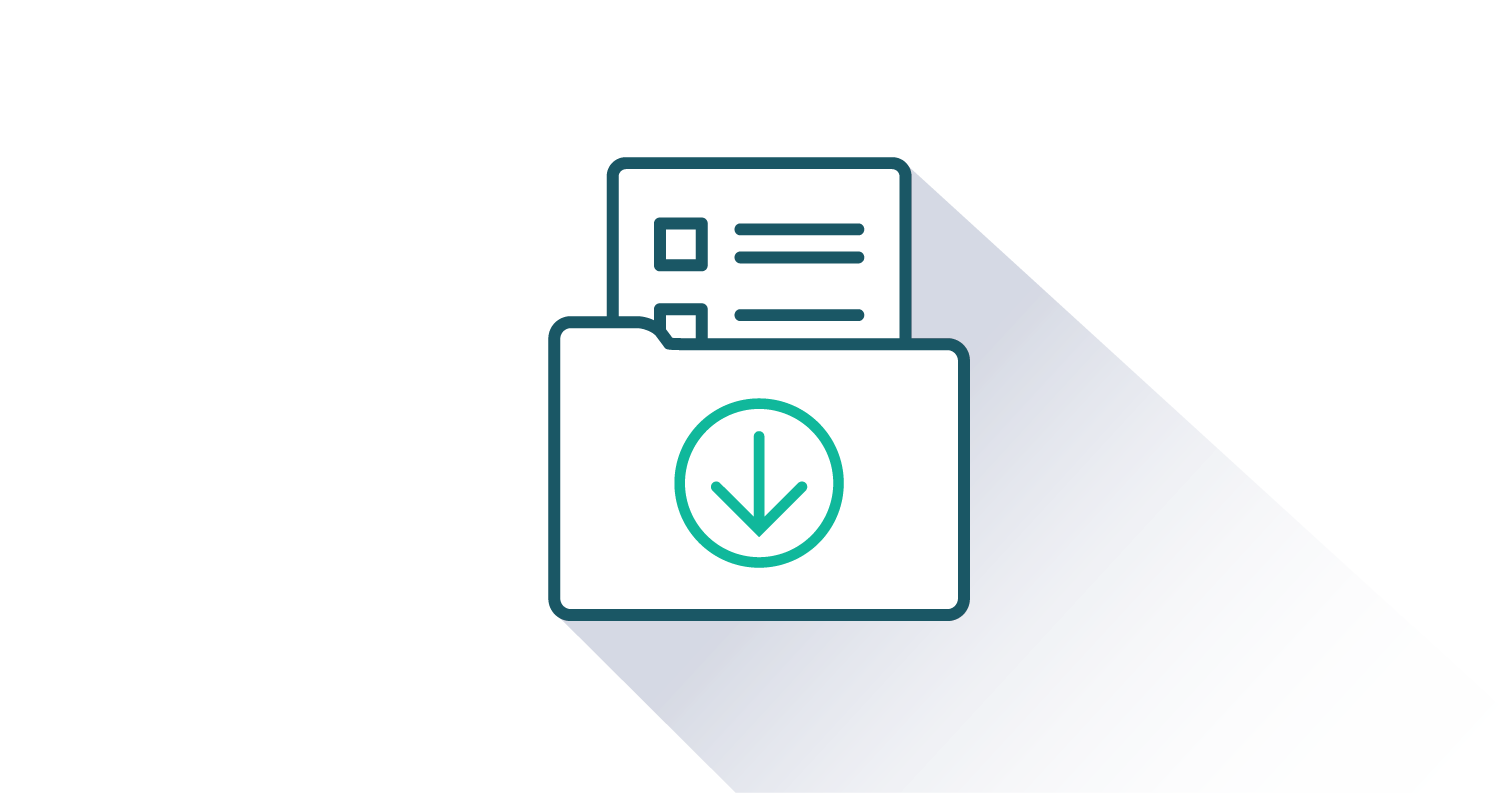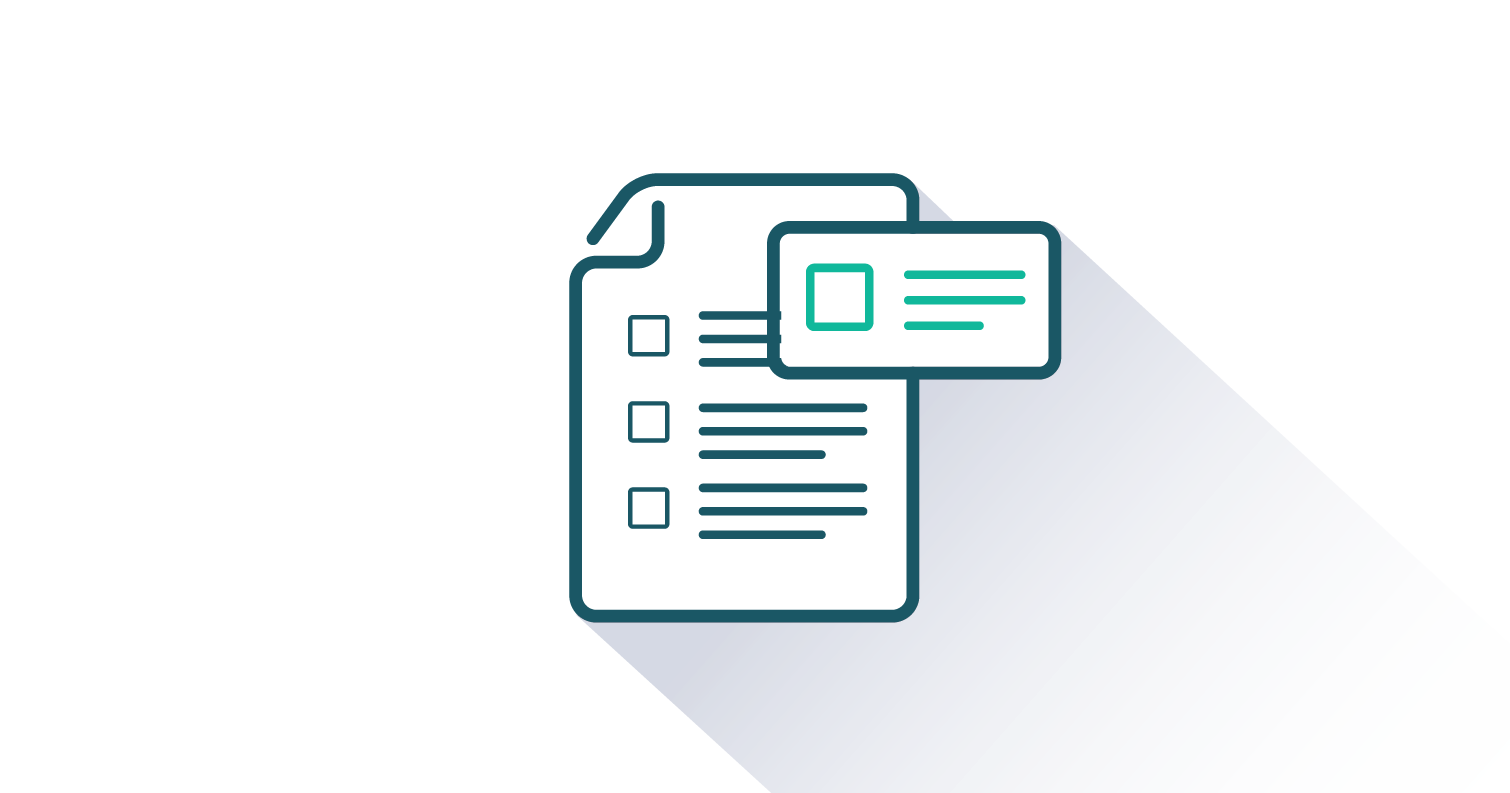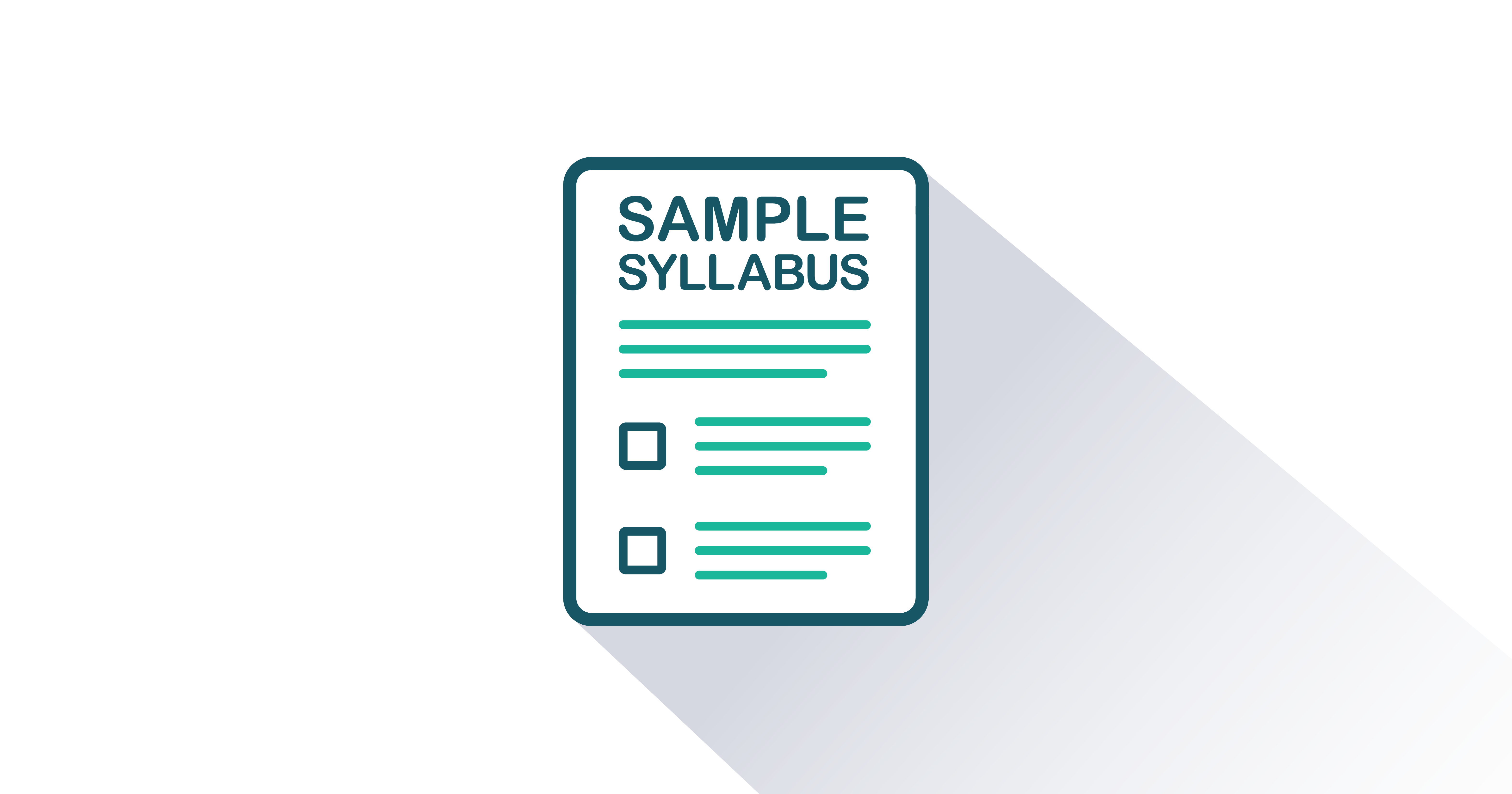- Published
- July 2021
- Page Count
- 732
- ISBN (Digital)
- 978-1-4533-3803-2
Information Systems: A Manager's Guide to Harnessing Technology
Version 9.0
By John Gallaugher
Included Supplements
Key Features
- Unique approach to understanding the power of information systems leads with strategic thinking before diving into technical topics
- Current and engaging case studies that challenge students to apply what they’ve learned
- Coverage of not only strategy and technology basics, but also of critical concepts including data analytics, security, social media, the sharing economy, disruptive innovation, network effects, and more
- In-depth profiles on widely known firms such as Amazon, Facebook, FreshDirect, Google, Netflix, Rent the Runway, and Zara
- Customizable
Students
- Online Access Price
- $41.95 ($58.30 CAD)
- Color Printed Textbook with Online Access Price
- $68.95 ($95.80 CAD)
Information Systems: A Manager’s Guide to Harnessing Technology is suitable for undergraduate or MBA-level courses on business or management information systems taught in two- or four-year schools that are often called Introduction to Information Systems, Strategic Information Systems, Capstone Information Systems course, Technology Entrepreneurship, Digital Organization/Digital Leadership, Management Information, Information Technology or similar.
Information Systems: A Manager’s Guide to Harnessing Technology is updated regularly. In doing so, its primary goal is to strike a balance between core course content and new developments in a rapidly evolving field. The result is a narrative grounded in relevant management theory and practice that features current, fresh, and engaging case studies and applications. Nearly all chapters in this new version received at least some refresh of examples, statistics, and other data. Even so, the book’s underlying framework remains consistent and reflects time-tested management best practices for using and successfully leveraging technology for individual and company success.
New in This Version
- Two new chapters: Chapter 3 “Fresh Direct: A Tech-Heavy Online Grocer Succeeds Where Others Fail” and Chapter 17 “Advertising Technologies: Balancing Personalization with Privacy as Technology and Regulation Evolve.”
- Two new mini-cases: Roblox in Section 9.2. "Roblox—A $30 Billion Giant Featuring Some Pint-Sized Platform Builders" and Zoom in Section 9.6: The Zoom Boom—Big Guys Can Be Beat."
- Includes new or updated discussions on: tech during a pandemic, including explosive growth; growing concerns about big tech power, antitrust, and ethics; ongoing demand for tech careers (Chapter 1); impact of data analytics as a source of differentiation in financial services; deep reliance by Apple and Google on distribution channels (Chapter 2); effective system implementation and crisis response (Chapter 3); Inditex’s investment in e-commerce and integrated digital business initiatives (Chapter 4); firm growth, spending, content offerings, quality, subscribers, and competition; “Atoms to Bits” in the context of the GameStop frenzy; disintermediation and channel conflict; how data science influences each stage of the production process (Chapter 5); accelerating changes in chip architecture to be faster, cheaper, and use less power; global ubiquity of mobile phone use; quantum computing; supercomputing (Chapter 6); tech-fueled disruption; reorganized to create two new, expanded sections now called “Understanding Truly Disruptive Innovation” and “Recognizing and Responding to Disruptive Innovation” (Chapter 7); Amazon’s rapid growth in response to COVID-19; Andy Jassy as new Amazon CEO; cash conversion cycles and improved forecasting; how Amazon fulfillment centers operate; Amazon’s new direction in ad spending; the explosive growth in Amazon Business, Amazon Prime, Amazon Fresh, and Amazon Go; recast sections on “Beyond Clicks: More Bricks”; “Amazon’s Disruptive Consumer Hardware Businesses”; and “Amazon and the Cloud”; and consolidated discussion of Amazon Echo, Alexa, and Voice and AI-Powered Assistants (Chapter 8); new section called “Roblox—a $30 Billion Giant Featuring Some Pint-Sized Platform Builders”; Square Cash and Bitcoin; antitrust and Big Tech (Chapter 9); dark side of social networks (Chapter 10); new examples of concerns about Facebook including regulation, disinformation, conspiracy threading, use by U.S. Capitol rioters, and conflict with Australia; Libra, drone programs, and mobile gaming apps as Facebook failures (Chapter 12); Rent the Runway’s pandemic challenges and the role of data in choosing to cancel or change offerings, executive decision-making in a crisis that requires cost-cutting, challenges of guessing wrong, and gearing up for future demand (Chapter 13); tracking cookies being phased out; dynamic pricing in sports; AI and ML scheduling at Boston Beth Israel hospital creating 30 percent efficiency increases; completely rewritten section on data warehouses, data marts, data clouds, and data lakes and now includes OLAP; less on Hadoop; SQL and data visualization; ClearView AI and facial recognition; robojournalism (Chapter 16); why online advertising is booming, the IAB, ad formats, and ad purchasing; Google phasing out third-party tracking cookies, their replacements, and potential antitrust concerns; Apple’s IDFA; changes to App Store policies; privacy issues; Smart TV tracking; set-top boxes; ACR and DAI technology (Chapter 17); latest information on how Google Ad Rank is determined; advances in Google Tensor ML chips, enhanced systems security, and innovations in water-based cooling; Google Cloud unit; Google product failures; advertising grants for nonprofits (Chapter 20)
- Introduces new concepts and terminology: over-time data creation for tech advantage; model building+ML/AI improvement (Chapter 3); data warehouse; machine learning (ML) in the context of site personalization vs. ad-hoc analysis; codec; public-domain encoders (Chapter 5); white labeling to improve ML models; digital divide (Chapter 8); Extract Transform Load (ETL); deepfakes; shallowfakes; Python, R, and data visualization; supervised, self-supervised, and semi-supervised machine learning; neural networks; tensorflow; pytorch; expert systems; genetic algorithms or evolutionary computing; change management; Google’s DeepMind AlphaFold 2 to transform drug discovery (Chapter 16); first-party cookies; third-party cookies; tracking pixels; ad networks; browser fingerprinting; geofencing (Chapter 17); and Google Ad Rank; Google Digital Marketing Certification programs (Chapter 20)
- New or updated callout boxes and graphics: Power of Distribution vs. Suppliers (Chapter 5); AI and Machine Learning and how some areas of tech are advancing far faster than Moore’s Law (Chapter 6); “Why Big Firms Fail” box on Microsoft’s loss of the smartphone market; “Potential Disruptive Strategies”; “NFTs and the $69 Million JPEG” (Chapter 7); Amazon and product searches; alternatives for third-party sellers; “Can You Improve Worker Performance with Gamification?”; exercise on the role of data, analytics; AI, websites; and apps to avoid the need for third-party shipping services; “Amazon Game Powerhouse”covers rise of Amazon’s Luna and cloud gaming; Amazon’s Halo health and wellness tracker; “How Big is Too Big?”; links to a free AWS account where learners can spin up a Windows server from the cloud and launch it in a browser and other tutorials that can be assigned for credit (Chapter 8); dark side of social networks; Glossier as a socially driven beauty brand (Chapter 10); refreshed and updated statistics about Facebook (Chapter 12); “Try It Out!” exercise exposes students to SQL through interaction with W3Schools learning tool; new callout box focusing on Starbucks Rewards and data collection, TPS-style ordering, and personalization; new diagram describes Operational IS and IS for data analytics; “An AI That’s Too Dangerous to Release?” covers the promise and peril of machine learning; developing an ethics oversight board (Chapter 16); Try It Out! feature introduces the Blacklight tool; “Well-Intentioned? That Doesn’t Mean Risky Mistakes Won’t Occur” highlights technology failures and vulnerabilities; how managers can work effectively with regulators (Chapter 17)
- New or updated cases and examples: Bumble (Chapter 1); FreshDirect is now covered in its own, stand-alone section, The Tragedy of TiVo (Chapter 2); FreshDirect opening case (Chapter 3); Zara’s pandemic responses (Chapter 4); Exercise on how Netflix uses AI in developing product (Chapter 5); evolution of Mickey’s Wearables due to ubiquity of Bluetooth; superior performance of Apple’s M1 chip vs. Intel chips; growth in Internet of Things (IoT); link to an online project for building a $20 “smart medicine cabinet”; multi-core tech (e.g., PS5, Xbox X, and Apple’s M1 chip) (Chapter 6); Intel’s ongoing disruption by competitors; Zoom’s disruption of WebEx; Intuit’s bid to leverage AI (Chapter 7); Amazon and drone delivery, selling third-party logistics services; and freight brokering (Chapter 8); Roblox (Chapter 9); Zoom, Bumble, Clubhouse, TikTok, Substack, and Parler (Chapter 10); Facebook (Chapter 12); Rent the Runway (Chapter 13); L.L. Bean (Chapter 16); deep learning vs. one-layer machine learning; Roku’s purchase of Nielsen’s DAI business (Chapter 17)
- New video links: Taming Tech Giants (Chapter 1); Apple and Google’s partnership (Chapter 2); FreshDirect’s new warehousing and operations hub (Chapter 3); Interview with Netflix co-CEOs discussing growth, challenges, and the pandemic; Netflix Research with VP of Data Science and Analytics, Caitlin Smallwood (Chapter 5); Quantum computing—state of technology, limitations, and a student exercise on its ethical implications; supercomputers and the COVID-19 High Performance Computing Consortium (Chapter 6); Spyce and its robotic food-prep restaurant; NFTs and a boom in digital art (Chapter 7); Amazon after Steve Bezos; Frontline’s 2020 Amazon documentary and in-depth follow-up assignment; Amazon Web Services highlighting robotics as part of logistics; rise of Amazon’s fulfillment businesses and drone-delivery services; Amazon Fresh and Dash Cart; Amazon’s Halo health and wellness tracker; Amazon Alexa specifically for the hospitality industry (Chapter 8); “How Roblox Became a $30 Billion Business”; Eric Yuan and Zoom (Chapter 9); “The Social Dilemma” exposes the dark side of social networks; Glossier and its socially driven beauty brand (Chapter 10); “Is Facebook Too Powerful?”; Facebook and antitrust interview with Sheryl Sandberg; “What to Know about the Facebook Advertising Boycott”; “How Apple and Facebook Became Rivals” (Chapter 12); “Rent the Runway CEO Jennifer Hyman on How the Company Pivoted during the Pandemic” (Chapter 13); how Snowflake’s lake tool works and how managers take data from csv and third-party sources for analysis; “Data Lake vs. Warehouse vs. Mart: What’s the Difference?”; audio link to MIT’s “Me, Myself, and AI” podcast; analytics as explained by Spotify’s Visual Analytics Engineer; improvements in deepfakes (Chapter 16); “How Ads Follow You Around the Internet”; “Google is Phasing Out Cookies”; “Developers versus App Store: Apple’s Fights, Explained”; “How a Mobile Phone Tracks Your Location”; ”Your Smart TV Is Spying on Everything You Watch”; two video links to data privacy laws and what apps are doing behind the scenes (Chapter 17); “How Google Search Works”; “Google Data Center 360-Degree Tour”; “Good Ads Tutorials: How the Search Ad Auction Works”; “Google Ad Tutorials: Intro to Display”; Waymo’s self-driving taxi (Chapter 20)
- About the Author
- Acknowledgments
- Dedication
- Preface
-
Chapter 1: Setting the Stage: Technology and the Modern Enterprise
-
Chapter 2: Strategy and Technology: Concepts and Frameworks for Achieving Success
-
Chapter 3: FreshDirect: A Tech-Heavy Online Grocer Succeeds Where Others Fail
-
Chapter 4: Zara: Fast Fashion from Savvy Systems
-
Chapter 5: Netflix in Two Acts: Sustaining Leadership in an Epic Shift from Atoms to Bits
-
Chapter 6: Moore's Law and More: Fast, Cheap Computing, and What This Means for the Manager
-
Chapter 7: Disruptive Technologies: Understanding Giant Killers and Tactics to Avoid Extinction
-
Chapter 8: Amazon: An Empire Stretching from Cardboard Box to Kindle to Cloud
-
Chapter 9: Platforms, Network Effects, and Competing in a Winner-Take-All World
-
Chapter 10: Social Media, Peer Production, and Leveraging the Crowd
-
Chapter 11: The Sharing Economy, Collaborative Consumption, and Efficient Markets through Tech
-
Chapter 12: Facebook: Platforms, Privacy, and Big Business from the Social Graph
-
Chapter 13: Rent the Runway: Entrepreneurs Expanding an Industry by Blending Tech with Fashion
-
Chapter 14: Understanding Software: A Primer for Managers
-
Chapter 15: Software in Flux: Open Source, Cloud, Virtualized, and App-Driven Shifts
-
Chapter 16: Data and Competitive Advantage: Databases, Analytics, AI, and Machine Learning
-
Chapter 17: Advertising Technologies: Balancing Personalization with Privacy as Technology and Regulation Evolve
-
Chapter 18: A Manager’s Guide to the Internet and Telecommunications
-
Chapter 19: Information Security: Barbarians at the Gateway (and Just About Everywhere Else)
-
Chapter 20: Google in Three Parts: Search, Online Advertising, and an Alphabet of Opportunity

FlatWorld Homework
FlatWorld Homework includes multi-format questions written specifically for your FlatWorld book, which you can access through our stand-alone interface or integrate with your learning management system.

Instructor’s Manual
The Instructor’s Manual guides you through the main concepts of each chapter and important elements such as learning objectives, key terms, and key takeaways. Can include answers to chapter exercises, group activity suggestions, and discussion questions.

PowerPoint Lecture Notes
A PowerPoint presentation highlighting key learning objectives and the main concepts for each chapter are available for you to use in your classroom. You can either cut and paste sections or use the presentation as a whole.

Test Generator - powered by Cognero
FlatWorld has partnered with Cognero, a leading online assessment system, that allows you to create printable tests from FlatWorld provided content.

Test Bank Files for Import to Learning Management Systems
For your convenience, we've packaged our test items for easy import into Learning Management Systems like Blackboard, Brightspace/D2L, Canvas, Moodle, or Respondus.

Test Item File
Need assistance in supplementing your quizzes and tests? Our test-item files (in Word format) contain many multiple-choice, fill-in-the-blank, and short-answer questions.

Sample Syllabi
Sample syllabi provide useful templates to help new faculty adopters revise their teaching plans to match their assigned FlatWorld textbook or lend insights to existing adopters on how to organize their classes.

Other Supplements
Solutions manuals, sample exams, video learning segments, workbooks, cases and lab manuals are just some of the extras our books will offer depending on the needs of the course. Click here to see what this textbook offers.
At FlatWorld, we take pride in providing a range of high-quality supplements alongside our titles, to help instructors teach effectively. Supplements are available for instructors who have registered their adoption with us. If you need to review or preview something specific, please contact us.
Already registered? Sign in here.
Additions & Errata
12/17/21:
Section 3.1:
In the last paragraph under “Advantages Pay Off,” changed “(see section below)” to a cross reference to Section 3.2 for clarity.
Section 4.1:
In the first paragraph under “Gap: An Icon in Crisis,” fixed spelling of “Mickey” in Mickey Drexler’s name.
Section 12.4:
In the first paragraph under “An Ad Network for Facebook. Can It Best Google?,” changed “dark web” to “deep web.”
1/10/22:
Section 2.1: The broken link to "The FreshDirect Operation" video was replaced: https://youtu.be/ma3p1uFcdk0.
3/26/22:
Section 5.3: Added missing “and” after “Black Mirror: Bandersnatch” toward the end of the first paragraph under “A Look at Netflix Originals.”
Section 18.4: In the key term "GEO", the first sentence was corrected from “earth's service” to “earth’s surface”.
